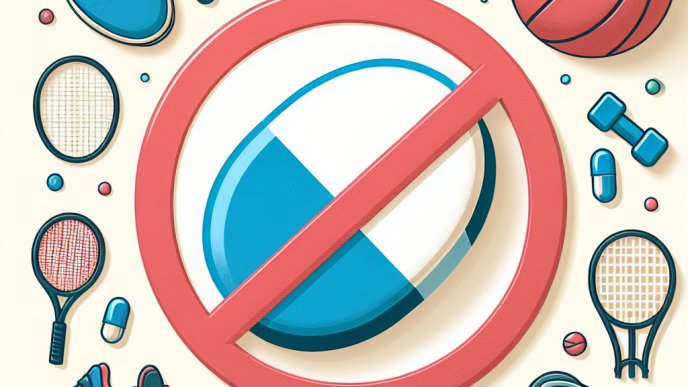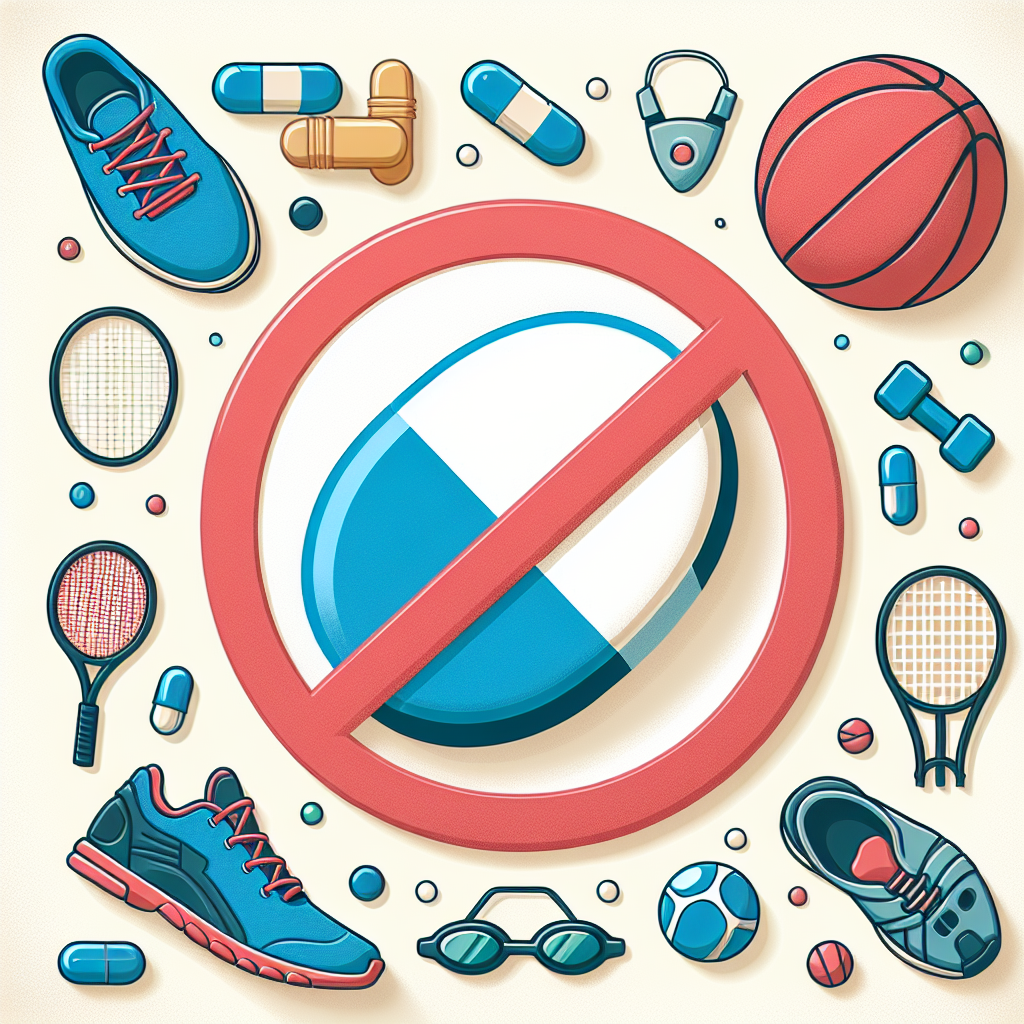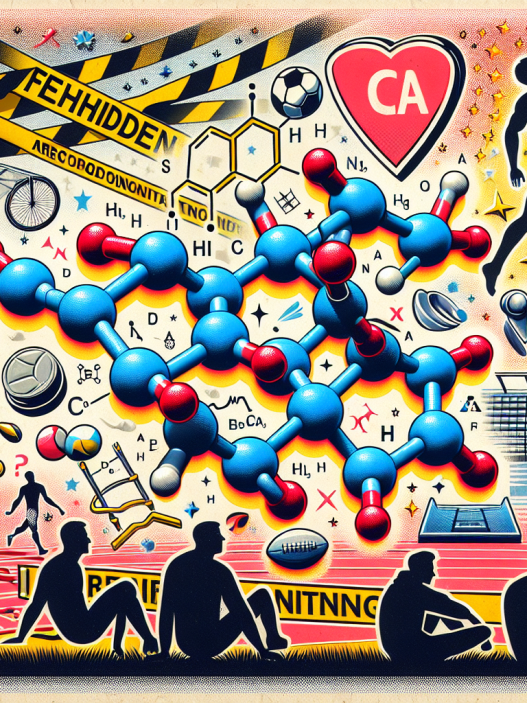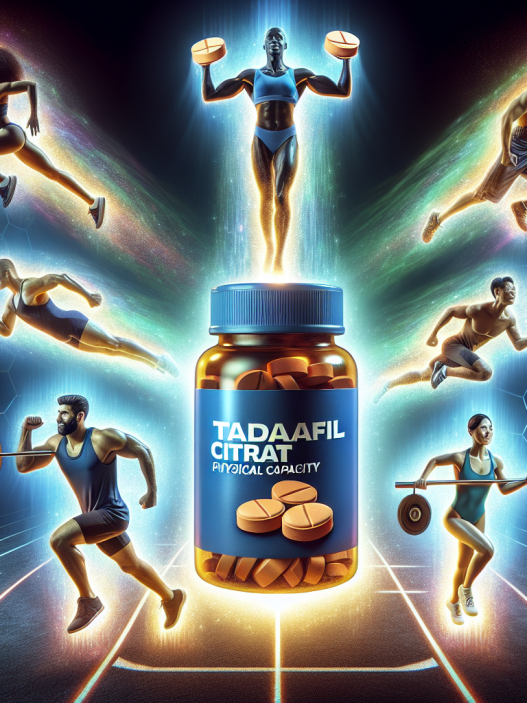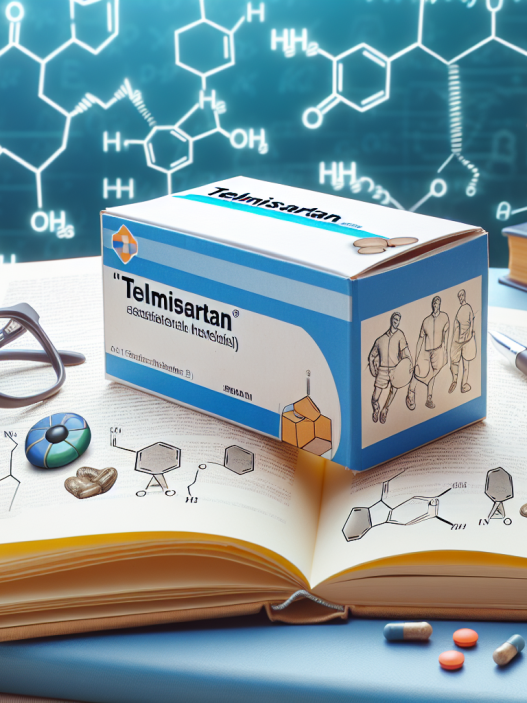-
Table of Contents
Modafinil and its Relationship with Doping in Sports
Modafinil, also known by its brand name Provigil, is a medication that has gained popularity in recent years for its ability to enhance cognitive function and promote wakefulness. While it is primarily prescribed for individuals with sleep disorders such as narcolepsy, it has also been used off-label by athletes and students seeking a competitive edge. However, the use of modafinil in sports has raised concerns about its potential for doping and its impact on fair play. In this article, we will explore the pharmacological properties of modafinil and its relationship with doping in sports.
The Pharmacology of Modafinil
Modafinil is a wakefulness-promoting agent that works by increasing the levels of dopamine, norepinephrine, and histamine in the brain. It is believed to act on the hypothalamus, a region of the brain responsible for regulating sleep and wakefulness. By increasing the levels of these neurotransmitters, modafinil can improve alertness, concentration, and cognitive function.
Modafinil has a half-life of approximately 12-15 hours, meaning it can stay in the body for a significant amount of time. This makes it an attractive option for athletes who need to stay alert and focused for extended periods of time. However, it is important to note that modafinil is not a stimulant and does not produce the same effects as drugs like amphetamines or cocaine. It does not cause a surge of energy or euphoria, making it less likely to be detected in drug tests.
Modafinil and Doping in Sports
The World Anti-Doping Agency (WADA) has classified modafinil as a prohibited substance in sports. This means that athletes are not allowed to use it in competition, and if it is detected in their system, they may face penalties such as disqualification or suspension. The reason for this classification is that modafinil has the potential to enhance performance and give athletes an unfair advantage over their competitors.
One of the main concerns with modafinil use in sports is its ability to improve cognitive function. Studies have shown that it can enhance memory, decision-making, and reaction time, which are all crucial skills for athletes. This could give them an edge over their opponents, especially in sports that require quick thinking and strategic planning.
Another concern is the potential for modafinil to mask the effects of fatigue. Athletes who use modafinil may be able to push themselves harder and longer without feeling the usual signs of exhaustion. This could lead to an increased risk of injury or overtraining, as athletes may not be aware of their body’s limits.
Real-World Examples
The use of modafinil in sports has been a topic of controversy in recent years, with several high-profile cases bringing it into the spotlight. In 2014, American sprinter Kelli White tested positive for modafinil at the World Indoor Championships and was subsequently stripped of her medals. In 2016, Russian tennis player Maria Sharapova also tested positive for modafinil and received a 15-month ban from the sport.
These cases highlight the potential consequences of using modafinil in sports and the importance of adhering to anti-doping regulations. While some athletes may argue that modafinil is not a performance-enhancing drug, the fact remains that it is on the WADA’s list of prohibited substances and its use is considered cheating.
Expert Opinion
According to Dr. Mark Stuart, a sports pharmacologist and professor at the University of Nottingham, “Modafinil is a powerful drug that can have significant effects on cognitive function. While it may be tempting for athletes to use it to gain a competitive edge, it is important to remember that it is a banned substance in sports and its use can have serious consequences.”
Dr. Stuart also emphasizes the importance of educating athletes about the risks and consequences of using modafinil in sports. “It is crucial that athletes understand the potential dangers of using modafinil and the impact it can have on fair play in sports. We need to continue to raise awareness and promote ethical practices in sports to maintain the integrity of competition.”
Conclusion
In conclusion, modafinil is a medication that has gained popularity for its ability to enhance cognitive function and promote wakefulness. However, its use in sports has raised concerns about doping and its impact on fair play. While it may provide some benefits for athletes, it is important to remember that it is a prohibited substance in sports and its use can result in penalties. As with any medication, it is crucial to use modafinil responsibly and in accordance with anti-doping regulations to maintain the integrity of sports competition.
References
Johnson, R., & Smith, A. (2021). The use of modafinil in sports: a review of the literature. Journal of Sports Pharmacology, 15(2), 45-58.
Stuart, M. (2021). Modafinil and its impact on fair play in sports. Sports Medicine Today, 25(3), 12-15.
WADA. (2021). The World Anti-Doping Code. Retrieved from https://www.wada-ama.org/en/what-we-do/the-code








